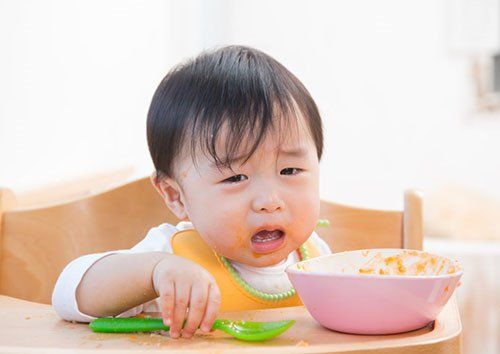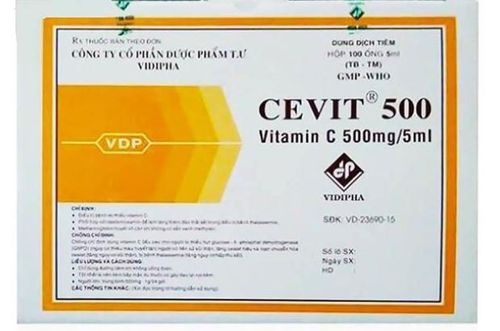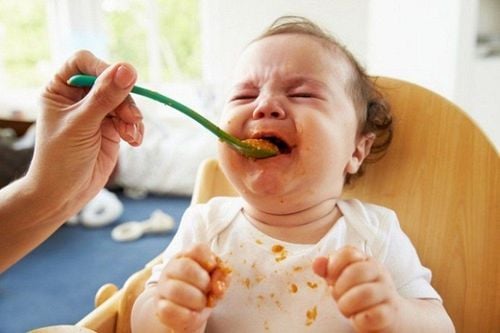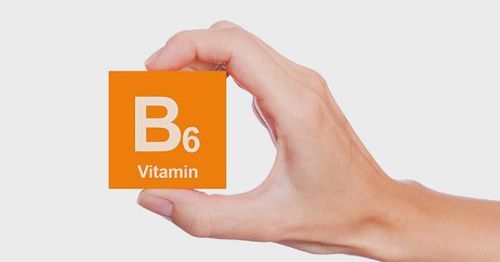This is an automatically translated article.
Physiological anorexia is a common condition when children enter a period of physical change and lasts only 2-3 weeks. Most physiological anorexia does not leave serious consequences, but if prolonged, it will affect the development of children. Therefore, the physiological anorexia baby must do to overcome is the concern of many parents.1. Physiological anorexia in children
Symptoms of physiological anorexia in young children include:Children suddenly anorexia, lazy to eat: This is one of the first and most obvious manifestations when the child begins the physiological anorexia phase. Young children may eat only a few spoonfuls or even have no desire to eat anything at all, even their favorite foods. Keep food in mouth: During meals, children will have an uncooperative attitude and hold food in their mouths for a long time. Even fussing and spitting food out. Children's meals can last for hours. Not focusing on eating: At the stage of physiological anorexia, children often have physical changes such as teething, rolling, crawling or walking, and children love to discover new things in the world around them. . Therefore, children will show signs of refusing to sit still to eat, some hyperactive children will forget to eat or focus on eating.
2. What should an anorexic child do?
Physiological anorexia almost does not affect the height and weight of the child. When the child's body adapts to this stage, he will eat and drink normally again. However, in some cases, physiological anorexia lasting more than 1 month may affect the child's development later.So children with anorexia physiological how to overcome is the concern of many parents. In order to solve this situation, during the period of physiological anorexia, parents need to pay attention to the following issues:
Split meals: When young children begin to enter the physiological anorexia stage, they often eat very little. , lazy to eat and even skip meals. Therefore, parents should divide the portion size and feed the baby into several meals a day. Feed the child a little at a time, and should only last for a maximum of 30 minutes. This ensures nutrition while children will not feel forced to eat too much. Prepare diverse and eye-catching dishes: Prepare a variety of dishes and decorate them more beautifully to help stimulate children's curiosity. A rich meal menu with beautiful appearance will make children want to explore meals and eat better. Help children focus during meals: If parents are wondering "what should an anorexic child do", what needs to be done to solve this situation is to help the child concentrate during meals. When children refuse to eat, parents should not comfort children by letting them watch TV or mobile phones. Because this will cause children to be distracted, not focus on eating and reduce their appetite.

Để giải quyết tình trạng "trẻ biếng ăn sinh lý phải làm sao” thì việc cha mẹ cần làm đó là giúp bé tập trung trong bữa ăn.
For more nutritional knowledge and child care for each age, parents should regularly visit the website vimec.com and make an appointment with the leading doctors, pediatric and nutrition experts of the National General Hospital. Vinmec when needing advice on children's health.













